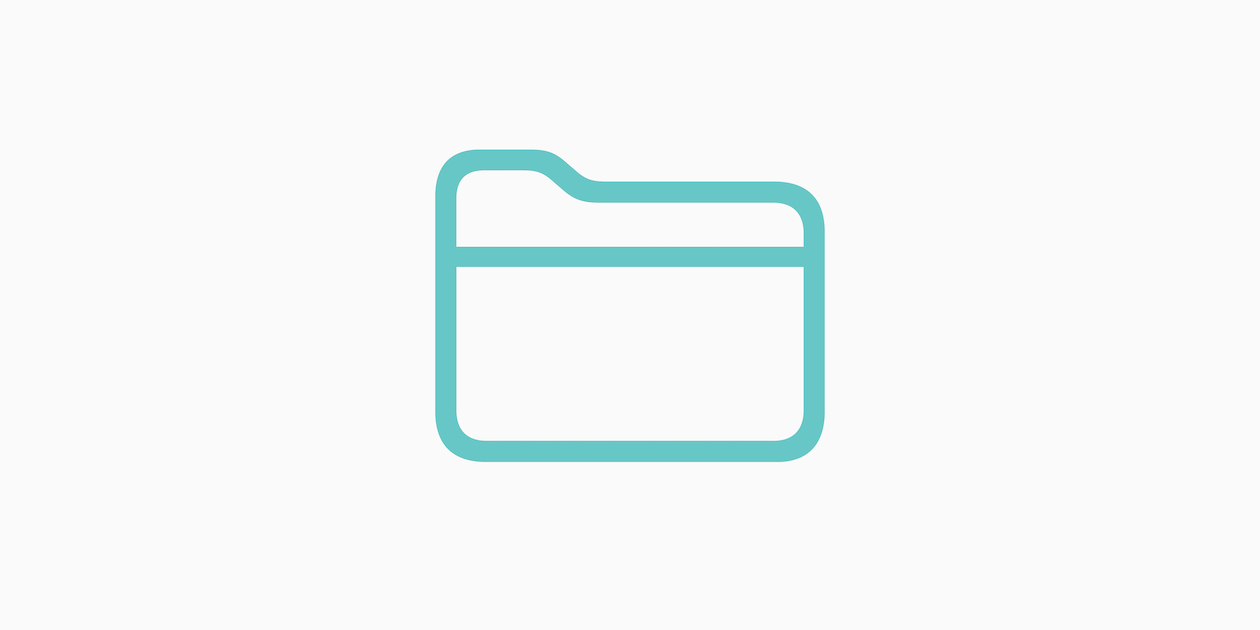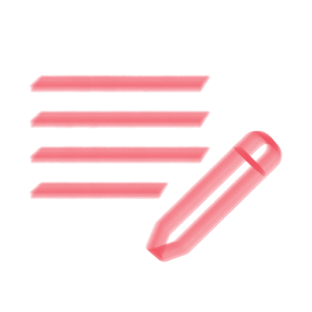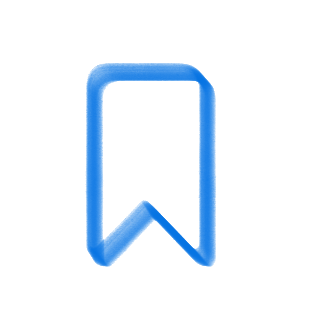As we dive deeper into student design projects, many of our learners are now turning their attention to planning the control methods for their ideas. In our school, we've opted for the BBC Micro-Bit controller, a tried-and-tested tool that offers an affordable, user-friendly platform for electronic control. Its versatility provides enough outputs and features to support a wide range of student projects. While students have some prior experience with these controllers, the real challenge begins when they need to apply them to their own designs.
Given the time constraints of our curriculum, students often only get a brief introduction to the coding aspects of these controllers. As a result, when it's time to develop their own programs, they frequently require additional support and guidance. This year, however, we’ve discovered an exciting solution—Artificial Intelligence, specifically ChatGPT, which is transforming the way our students approach coding.
We’ve found that ChatGPT is a fantastic resource for converting students' ideas into code. After students have planned the logic and structure of their program, they can simply describe their scenario to ChatGPT, and it will generate the necessary code. The key to making this process work smoothly is knowing which pins on the Micro-Bit controller will be used as inputs or outputs. Once students have that mapped out, they can provide this information to ChatGPT, and it will generate the corresponding code.
Here’s where it gets even more exciting: rather than manually typing in the code line-by-line, students can copy the JavaScript code created by ChatGPT and paste it directly into the Micro-Bit software. The software then allows them to convert this JavaScript code into block coding, which is much easier for my students to understand and manipulate.
This approach does more than just help students get their code working—it also teaches them how to read and understand programming syntax. By "reverse engineering" the JavaScript code into block code, students can quickly learn the different commands and gain a deeper understanding of the coding process. This hands-on learning approach not only boosts their coding skills but also empowers them to modify and adjust their programs to fit their project needs.
Incorporating ChatGPT into our design projects has proven to be a game-changer. It enables our students to focus on the creative aspects of their designs while building their coding confidence and skills in a supportive, dynamic environment. We’re excited to continue exploring how AI can further enhance our students’ learning experiences, providing them with tools to succeed in both design and coding.










Attach up to 5 files which will be available for other members to download.